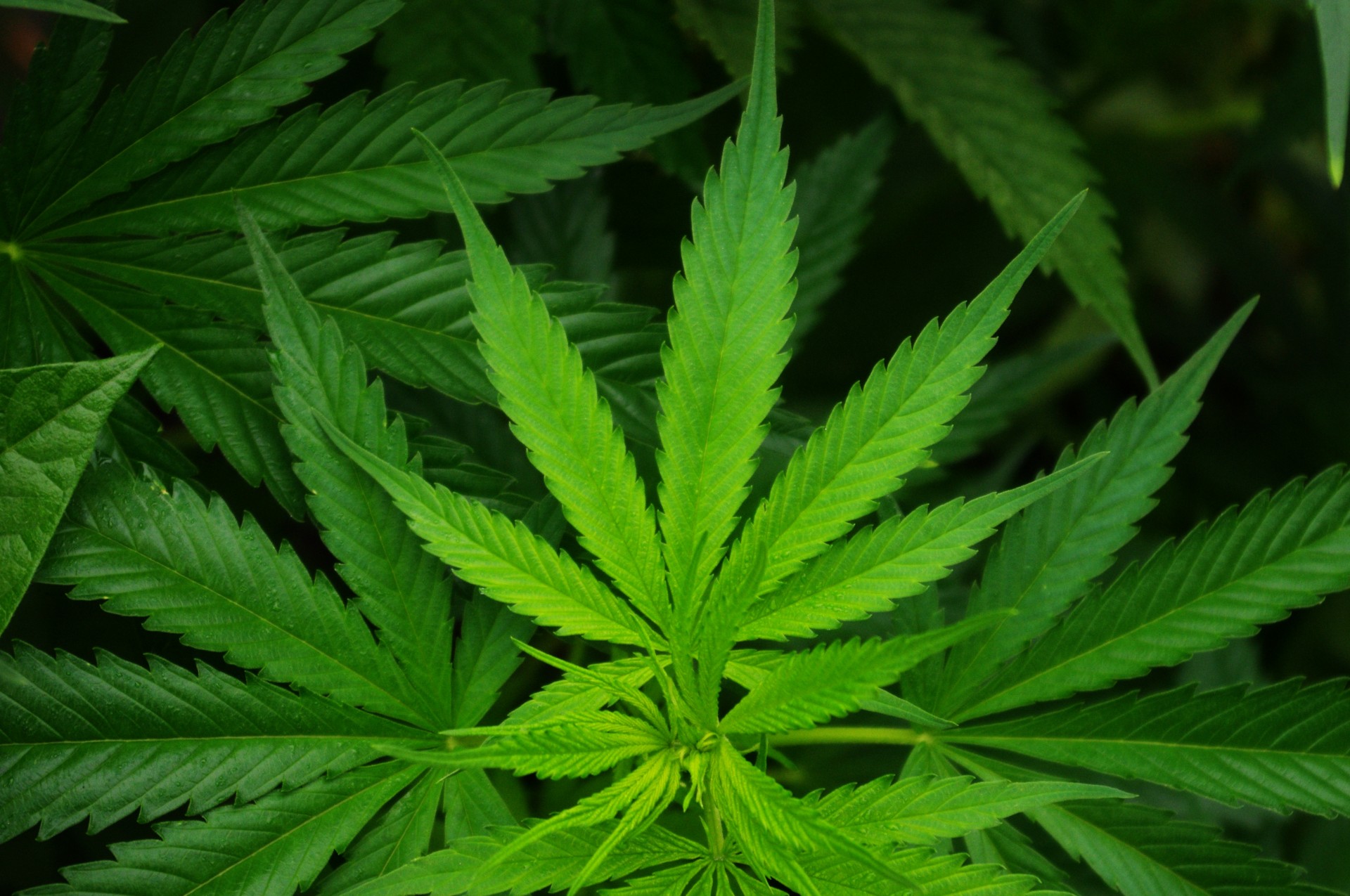Cannabis effect differs in their performance. The main factor responsible for the potency and effect of cannabis is the concentration of THC. What varieties to look for to make the experience as deep as possible? Where do the most powerful species come from and what is worth knowing about them? How is Sativa different from India? If you are new to marijuana and want to learn about the most popular types of cannabis, check out this article.
What are the varieties of marijuana?
Cannabis indica – complete relaxation – BODY
Cannabis is one of the most popular types of popular stimulants. Indica strains are squat and stocky with buds enticing with their aromas. The Indica type blooms faster than Sativa (approximately 45 to 60 days) and offers a different feel.
Cannabis provides a feeling of blissful relaxation, which is caused by an increased dose of CBD. Also, cannabis enhances sensations such as taste, touch, and sound. In larger amounts, they cause a hypnotic cannabis effect. The correspondingly high concentration of CBD has been noticed by scientists dealing with the use of marijuana in medicine.

The Indica strain forms the basis of some marijuana-based drugs. Like Sativa, Indica has special varieties. The most popular is Kushs, which comes from mountainous Afghanistan. Classic Kush is divided into the following types:
OG Kush – one of the most popular varieties of “Indian”. It has effects that stimulate the body and mind. The concentration of THC is high in the range of 15-20%.
Bubba Kush – a pleasant and intense aroma, is characterized by a relaxing effect. It has a short flowering period and is easy to grow. It is one of the most favored species in America. It is characterized by an 8% concentration of THC, as well as a long-lasting effect.
Critical Kush – is a combination of OG Kush with Critical mass. It has pain-relieving properties as well as a high concentration of THC (around 20%). Expressive taste, slightly citrusy, with notes of acidity.
Tahoe – This is an interesting combination with 60% Indica and 40% Sativa. Thanks to a sufficiently high dose of THC, this species is intended for people suffering from chronic insomnia. Depending on the cultivation method, Tahoe offers 10-20% THC concentration.
Lemon Kush – a variety in which the Indica strain predominates (over 50%). It has an average THC concentration of 5% to 15%. It helps fight depression, pain, and insomnia. Provides a feeling of relief and relaxation. Noticeable hints of citrus.

Cannabis sativa – stimulation and fun – MIND
Hemp, as it sounds like the equivalent of the Latin name, can be found in most countries where the climate remains warm and the growing season is long. Sativa is found in distant regions of Asia, such as Thailand or Cambodia, and North America, such as Mexico. It is worth knowing that varieties of the above-mentioned species were obtained, which were then used for industrial purposes. Of course, the resulting variety contained a negligible concentration of the psychoactive THC compound (<0.2%).
What are the properties and special features of the original hemp? First of all, the flowering time is relatively long, however, the sensations that the cannabis effect offers are especially appreciated by users. The popular Haze variety has been developed to speed up the flowering process as well as increase the sensation. Currently, it is one of the strongest marijuana subspecies, offering a deep psychedelic experience, sweetish, pleasant taste, and a feeling of euphoria. A very productive strain, growing up to 80-210 cm. The THC content is quite high, as it fluctuates around 22%. The downside to the Haze subspecies is cultivation as it requires a warm climate. The classic hemp variety remains a bit weaker, although it causes pleasant sensations.